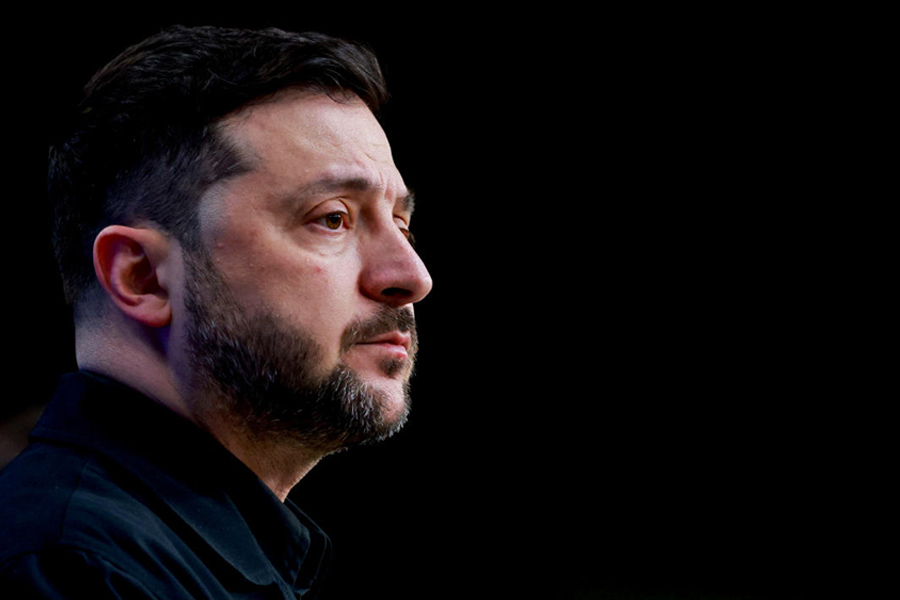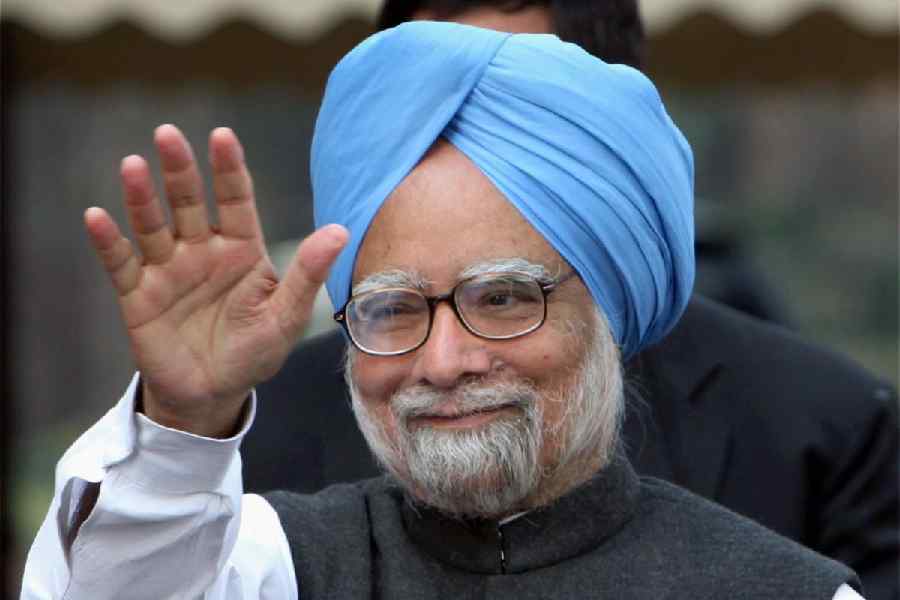| THE COUNTDOWN BEGINS |
 |
| The Chandrayaan-1 spacecraft at the Isro centre in Bangalore |
The countdown began on Monday for Wednesday’s launch of Chandrayaan-1, India’s unmanned moon mission, from the Sriharikota spaceport. “The countdown started at 5.20am today (Monday). The 52-hour countdown has been optimised to 49 hours,” Isro said.
Answers to frequently asked questions about the mission follow:
What is India sending to the moon now?
Chandrayaan-1, a cuboid-shaped spacecraft designed to orbit the moon for two years. Ten instruments aboard the spacecraft will map the lunar surface, search for ice near the lunar poles, study the mineral composition of the moon and assess the radiation environment on the moon. Three scientific instruments from the European Space Agency, two from Nasa and one from Bulgaria will piggyback on Chandrayaan-1 that carries four Indian-made instruments.
The spacecraft also carries an impactor probe, an instrument equipped with a radar altimeter that will be ejected from Chandrayaan-1 to fall onto the lunar surface. The device was developed at the Vikram Sarabhai Space Centre, Thiruvananthapuram.
Chandrayaan-1 will ride into space aboard an upgraded version of India’s workhorse rocket — the Polar Satellite Launch Vehicle. About 20 minutes after lift-off, it will be hurled into an initial elliptical orbit around Earth. A series of orbit-boosting manoeuvres will then move the spacecraft to greater distances from Earth until it slips into the lunar orbit about 18 days after the launch.
What is the use of this mission?
The lunar orbiter will allow India to test its capabilities in deep space missions. A successful mission is expected to boost India’s image in the community of space-faring nations, even though it is more than four decades since Russian and US spacecraft made the first fly-bys of the moon.
The instruments aboard Chandrayaan-1 are intended to gather scientific data that is expected to guide future lunar missions. The Bulgarian instrument measures radiation in the moon’s vicinity and could help in planning shielding requirements for future manned missions.
Chandrayaan-1 is intended to be the first of a series of lunar and possibly planetary missions. India and Russia plan to collaborate on Chandrayaan-2 that will land on the moon and carry a rover to cruise around its surface. Isro has already initiated in-house studies on missions to Mars, some asteroids and comets.
If Chandrayaan-1 is successful, when can we put an Indian on the moon?
Putting a man on the moon requires — first of all — the capability for manned space flight which India has not demonstrated yet. Chandrayaan-1 at launch will be only 1,400kg. A manned mission demands sending a much heavier payload into space —estimated to be about 10,000kg. Isro engineers are working towards building a rocket for such a payload as well as a two-astronaut capsule.
A manned mission also requires capability for capsule recovery, safety and life-support. Isro demonstrated its first successful capsule recovery experiment last year. India has yet to develop technologies for life-support. The US initiated its manned Apollo missions in the late 1960s only after several lunar fly-bys and orbiter missions by unmanned spacecraft.
Which country did this first?
India is sending a spacecraft to orbit the moon 100km above the lunar surface. A Russian spacecraft Luna 1 was the first to fly near the moon at a distance of about 6,000km on January 4, 1959. But the first true lunar orbiter was Russia’s Luna 10 which went around the moon for 60 days in April-May 1966.
Are other Asian countries pursuing lunar missions?
China and Japan are. Japan launched Hiten, its first lunar probe in 1990, and Kaguya, its second lunar orbiter in September 2007. China launched its lunar orbiter, Change’e-I, in October 2007 to study the lunar environment and surface.
Why did it take India so long to do this?
For nearly four decades, Isro concentrated on applying space technology to developing telecommunication, weather observation and remote-sensing satellites. Developing launch vehicles, satellites and ground segments required for this task took time. It was only in the mid-1990s that senior Isro officials began pitching ideas about spacecraft to explore the moon and beyond.
In one unique exercise, about eight years ago, Isro asked some of its young scientists — known as the Space Generation Task Group because members were born after 1957 (year of the Sputnik) — to pencil their visions of what India should be doing in space in the years to come. Space exploration was high on the list.
Does India stand to gain from the entire mission?
Isro officials believe establishing its credentials in deep space exploration would help India join future collaborative international space projects. The high cost of space exploration is expected to nudge many countries into a collaborative mode. Chandrayaan-1 itself symbolises collaboration — with six foreign-made instruments.
How much does the current programme cost?
Rs 386 crore. This includes Rs 100 crore for two giant antennas for India’s deep space tracking network that will be used in all future deep space missions.
Chandrayaan-1 costs less than a Boeing 737-800 ($70 million to $79 million, according to the plane manufacturer’s website) and the total bill for this round is less than half the cost of a new Indian Institute of Technology (Rs 800 crore).
Do the gains justify the costs?
Space scientists will say an emphatic yes. Critics may say the money could have been used to solve problems on Earth.
If I pay, can I be the first Indian on the moon?
We’re too far away from this question. Commercial flights to the moon are not a reality yet from anywhere in the world.










